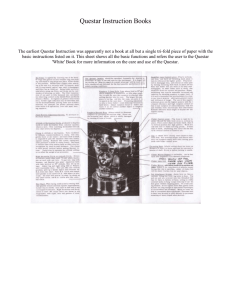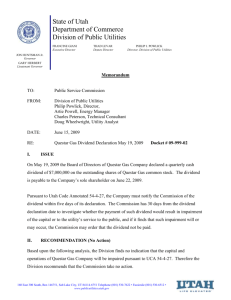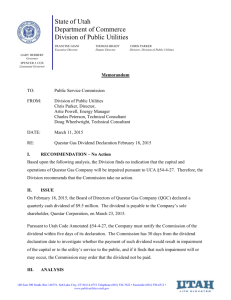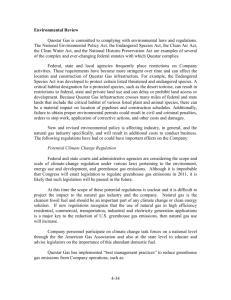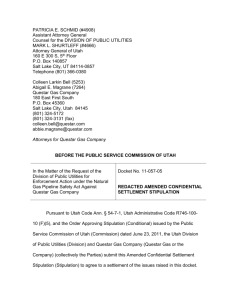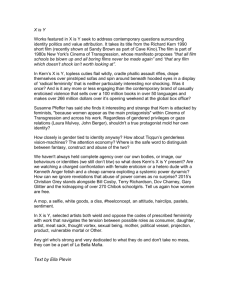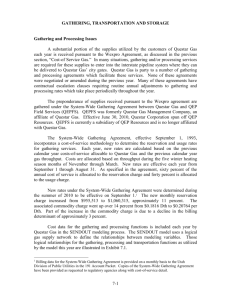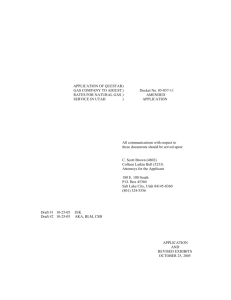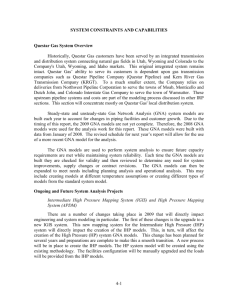Exhibit I - Utah Public Service Commission
advertisement
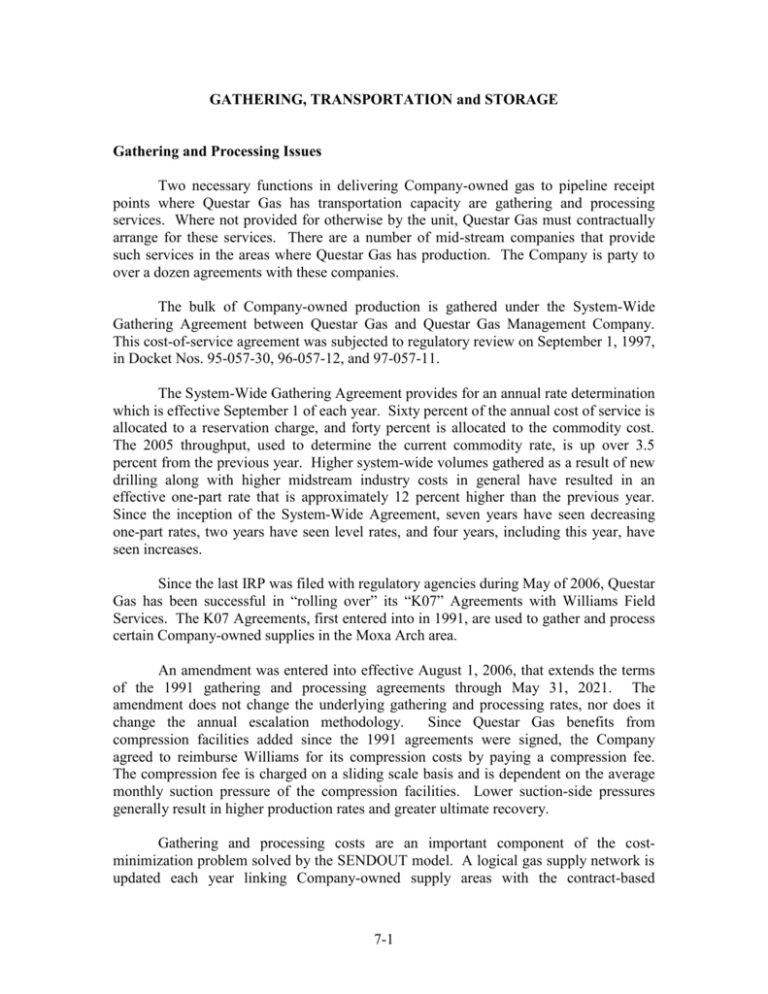
GATHERING, TRANSPORTATION and STORAGE Gathering and Processing Issues Two necessary functions in delivering Company-owned gas to pipeline receipt points where Questar Gas has transportation capacity are gathering and processing services. Where not provided for otherwise by the unit, Questar Gas must contractually arrange for these services. There are a number of mid-stream companies that provide such services in the areas where Questar Gas has production. The Company is party to over a dozen agreements with these companies. The bulk of Company-owned production is gathered under the System-Wide Gathering Agreement between Questar Gas and Questar Gas Management Company. This cost-of-service agreement was subjected to regulatory review on September 1, 1997, in Docket Nos. 95-057-30, 96-057-12, and 97-057-11. The System-Wide Gathering Agreement provides for an annual rate determination which is effective September 1 of each year. Sixty percent of the annual cost of service is allocated to a reservation charge, and forty percent is allocated to the commodity cost. The 2005 throughput, used to determine the current commodity rate, is up over 3.5 percent from the previous year. Higher system-wide volumes gathered as a result of new drilling along with higher midstream industry costs in general have resulted in an effective one-part rate that is approximately 12 percent higher than the previous year. Since the inception of the System-Wide Agreement, seven years have seen decreasing one-part rates, two years have seen level rates, and four years, including this year, have seen increases. Since the last IRP was filed with regulatory agencies during May of 2006, Questar Gas has been successful in “rolling over” its “K07” Agreements with Williams Field Services. The K07 Agreements, first entered into in 1991, are used to gather and process certain Company-owned supplies in the Moxa Arch area. An amendment was entered into effective August 1, 2006, that extends the terms of the 1991 gathering and processing agreements through May 31, 2021. The amendment does not change the underlying gathering and processing rates, nor does it change the annual escalation methodology. Since Questar Gas benefits from compression facilities added since the 1991 agreements were signed, the Company agreed to reimburse Williams for its compression costs by paying a compression fee. The compression fee is charged on a sliding scale basis and is dependent on the average monthly suction pressure of the compression facilities. Lower suction-side pressures generally result in higher production rates and greater ultimate recovery. Gathering and processing costs are an important component of the costminimization problem solved by the SENDOUT model. A logical gas supply network is updated each year linking Company-owned supply areas with the contract-based 7-1 gathering and processing costs associated with each area. This network is illustrated in Exhibit 7.1. Transportation Issues Among the pertinent transportation issues that need to be discussed this year is the Section 4 rate case filed with the Federal Energy Regulatory Commission (FERC) on April 30, 2004, by Kern River Gas Transportation Corporation (Kern River). Questar Gas holds 50,000 decatherms per day of seasonal capacity and 3,000 decatherms per day of year-round capacity on Kern’s 2003 Expansion. Questar Gas intervened in this rate case and filed testimony on two issues that directly affect, and for one issue, quite uniquely affect the Company.1 As a 15-year, 2003 expansion shipper, the Company argued that the lower cost debt associated with the 2003 Expansion Project should not be blended for rate making purposes with the higher cost debt of the rolled-in (vintage) shippers. The Company also argued for the use of a straight-fixed-variable (SFV) rate design methodology for Kern’s rates. Questar Gas’ markets and supply sources are situated such that it can utilize capacity segmentation on Kern’s system. Capacity segmentation can result in high capacity load factors and an SFV rate design methodology would significantly lower the costs passed on to Questar Gas’ customers. On March 2, 2006, a FERC administrative law judge (ALJ) issued an initial decision, ruling in favor of both of the positions taken by the Company.2 On October 19, 2006, the FERC issued Opinion No. 486.3 Commissioners referred to this 203 page document as “an important order”4 and “the road map for pipeline rate cases for the foreseeable future.”5 The FERC upheld the ALJ and ruled that for rate design purposes, “the SFV method is found to be just and reasonable for use in designing Kern River’s rates.” The Commission, however, reversed the ALJ’s decision that debt costs should be separated and ordered them to be blended. The Commission ordered Kern River to file, within 30 days, revised tariff sheets and rates reflecting the rulings in Opinion No. 486. On November 20, 2006, Kern River filed a request for rehearing of some 19 issues in this order. The two issues pursued by Questar Gas were not included in Kern River’s request for rehearing. Following Kern See previous IRP’s filed with Utah and Wyoming regulatory agencies dated May 2, 2005, pages 7-3 and 7-4; and May 1, 2006, page 7-3. 2 Federal Energy Regulatory Commission, Kern River Gas Transportation Company, Docket No. RP04274-000, Initial Decision, issued March 2, 2006. 3 Federal Energy Regulatory Commission, Kern River Gas Transportation Company, Docket No. RP04274-00, Opinion and Order on Initial Decision, issued October 19, 2006. 4 Federal Energy Regulatory Commission , October 19, 2006, Open Commission Meeting, Statement of Chairman Joseph T. Kelliher, Item G-1: Kern River Gas Transmission Company (RP04-274-000) 5 Federal Energy Regulatory Commission , October 19, 2006, Open Commission Meeting, Statement of Commissioner Suedeen Kelly, Item G-1: Kern River Gas Transmission Company (RP04-274-000) 1 7-2 River’s request, other shippers also filed for the rehearing of issues including the blended debt issue. On December 14, 2006, the FERC granted requests for rehearing. Kern River filed its revised tariff sheets on December 18, 2006, in compliance with Opinion No. 486. Questar Gas filed its comments on Kern River’s Compliance Filing on January 23, 2007, requesting the use of an SFV rate-design method for the refund period. The rehearing has not been scheduled as of the filing date of this report. Another transportation issue affecting Questar Gas this year has to do with cricondentherm-hydrocarbon-dew-point (CHDP) limits on Questar Pipeline’s system. During early May of 2007, Questar Pipeline is expected to file with the FERC tariff changes it believes will resolve the problems of excessive liquids and the need to meet the downstream specifications of interconnecting pipelines. Questar Pipeline’s proposed solution is to divide its system into ten CHDP zones with corresponding limits. West of the city of Price, Utah, the CHDP limit will be 15 degrees Fahrenheit on Main Line 104 to facilitate deliveries to Kern River’s system. All other zones will have a CHDP limit of 35 degrees Fahrenheit. Questar Pipeline has proposed to post an “operating CHDP limit” for each zone when it is able to accept gas with a CHDP higher than the tariff-stated limit. This posting will occur when Questar Pipeline is able, through blending or through its liquids handling capabilities in each zone, to accept such gas. Questar Pipeline expects, following approval of this filing, that operations will continue much as they have formerly. Where liquids handling facilities exist, higher CHDP gas will usually be accepted, and where there are no liquids handling facilities, flexibility in the acceptance of non-conforming supplies will be limited. In the past, as needed, Questar Gas has arranged for liquids processing services to ensure that its supplies are accepted by interconnecting pipelines. The Island Field is the most recent example. Following shut-ins during the summer of 2005 for high hydrocarbon-dew-point levels, Questar Gas issued an RFP and obtained liquids processing services thus improving the reliability of this important supply source. Storage Issues A necessary resource in meeting both the wintertime base-load and peaking requirements is storage service. Questar Gas holds contracts for storage service with Questar Pipeline at four facilities, Clay Basin, Leroy, Coalville and Chalk Creek. The last three of these underground facilities are aquifer reservoirs which function through the displacement of water from permeable rock formations. Current plans are to leave the Leroy and Coalville facilities with an inventory level of approximately 50 percent during the summer. The Chalk Creek facility has been depleted with re-injection scheduled for November of 2007. 7-3 Clay Basin Issues Questar Gas holds contracts for 12.5 billion cubic feet of firm working gas capacity at the Clay Basin facility, which is one of the most important resources that Questar Gas relies on to meet its winter-heating base load. Questar Gas has assumed for the IRP modeling process this year that its inventory level at Clay Basin will be 3.0 billion cubic feet on May 1, 2007. The tariff provisions governing Clay Basin assure that customers will receive a minimum withdrawal amount (Minimum Required Deliverability or MRD). To the extent that shippers have inventory in excess of that necessary for their last day of withdrawals, additional deliverability is available for allocation according to predetermined formulas (see the following subsection “Gas Storage Facility – General Parameters Allocated to Questar Gas”). Concurrent with the resolution of hydrocarbon dew point issues on its transportation system, Questar Pipeline is also seeking to settle the same matter as it affects its Clay Basin storage facility. Questar Pipeline has proposed that its Kastler Processing Plant be transferred from transmission to storage, where it will be operated, maintained and accounted for as a Clay Basin facility. Questar Pipeline has also proposed to install additional processing facilities to ensure the delivery capability of 320 thousand decatherms per day to either Northwest Pipeline or Questar Pipeline. Negotiations between Questar Pipeline and its storage customers are currently underway to finalize cost recovery and liquid sharing mechanisms. Questar Gas holds its Clay Basin storage capacity under three separate contracts. The primary term of one of these agreements expires August 31, 2008, and is for 3.5 Bcf of annual working gas volume or approximately 28 percent of the total Clay Basin capacity held by Questar Gas. As required by Questar Pipeline’s tariff, at least six months prior to this expiration date, Questar Gas intends to retain its right of first refusal by notifying Questar Pipeline of its intent to continue this existing component of baseload storage service. 7-4 Gas Storage Facility - General Parameters Allocated to Questar Gas Maximum Inventory (MDth) Maximum Injection Rate MDQ (MDth/Day) Maximum Withdrawal Rate (MDth/Day) Minimum Withdrawal Rate MRD (MDth/Day) Sustained 3-Day Peak Withdrawals (MDth/Day) 13,419 75+ 203 112 1126 Leroy 886 7-33 84 <1 79 Coalville 720 7-21 63 <1 53 Chalk Creek 267 6-11 37 <1 26 Facility Clay Basin 6 Questar Gas’s expected allocation of total Clay Basin withdrawal capability. 7-5

